The “Safety & Compliance Dashboard” Excel file is a powerful tool designed to manage and analyze safety risks and compliance issues within a project or organization. Here’s an overview of each component in this file and the benefits it provides in managing safety and compliance effectively:
Overview
- Inspection: This section tracks safety inspections, potentially listing the areas inspected, findings, and any required actions. By consistently monitoring inspections, the organization can ensure that safety standards are maintained.
- Audit: The Audit sheet is similar in structure to the Inspection sheet and tracks internal or external audits. By measuring audit results using standardized metrics, this section ensures that all safety and compliance audits are documented, analyzed, and acted upon. The use of visual metrics helps in identifying areas of non-compliance.
- Communication: This sheet may be used to monitor safety-related communications, such as reporting of incidents or hazards. It can track key indicators or metrics on how safety information flows through the organization, helping improve transparency and ensuring critical safety updates reach all personnel.
- Dashboard: The dashboard offers a high-level summary of safety and compliance data, providing stakeholders with a consolidated view of key metrics. Visual representations, such as charts and graphs, help in quickly assessing safety performance, identifying areas of concern, and understanding progress toward safety objectives.
- Calculations: This section supports the analysis of safety and compliance data, possibly including metrics like incident rates, non-compliance frequency, and safety observations. It calculates key figures like risk scores or audit results, ensuring that decision-making is based on objective data.
- Base Data: The Base Data sheet contains raw safety and compliance data, such as incidents, observations, and safety violations. This foundational data is crucial for generating insights in the dashboard and analysis sections, providing detailed records of safety performance across sites and periods.
- Enter Data Here: This sheet is designed for users to input new safety and compliance data, such as incidents or audit results. Having a centralized location for data entry helps ensure that all relevant information is captured in a consistent format, improving the accuracy and completeness of the dashboard.
- Analysis: The Analysis sheet provides a deeper understanding of safety and compliance trends, possibly breaking down data by categories like safety observations, violations, and opportunities for improvement. It may also compare current performance against targets, helping the organization measure progress toward safety goals.
Benefits
- Centralized Safety Management: The dashboard centralizes all safety and compliance data, providing a comprehensive view that allows decision-makers to assess the organization’s safety performance at a glance.
- Structured Risk Identification and Analysis: The tool ensures that risks are consistently identified and analyzed across all sites, reducing the likelihood of oversight. With detailed tracking of incidents and audit results, potential risks are flagged early, allowing for timely mitigation.
- Visual Insights for Easier Monitoring: The use of visual metrics and charts on the dashboard makes it easy for stakeholders to monitor safety trends, compliance rates, and risk levels, facilitating quicker responses to emerging issues.
- Customizable for Various Projects: The flexibility of the dashboard allows it to be tailored to specific projects, sites, or organizational needs, increasing its relevance and ensuring that all safety risks and compliance requirements are adequately managed.
- Data-Driven Decision Making: By incorporating calculations and quantitative metrics, the dashboard supports objective, data-driven decision-making. This helps prioritize safety actions based on actual risk levels and compliance data, ensuring resources are directed where they are most needed.
- Proactive Compliance and Risk Management: The system promotes proactive management by identifying not only risks but also opportunities for improvement. This helps the organization not just in preventing accidents but also in continuously enhancing its safety culture.
The “Safety & Compliance Dashboard” enhances the organization’s ability to manage risks, track safety performance, and ensure compliance, ultimately supporting a safer and more efficient working environment.
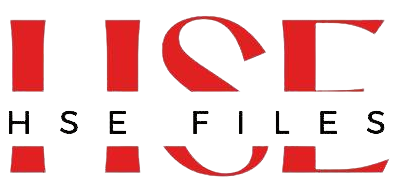
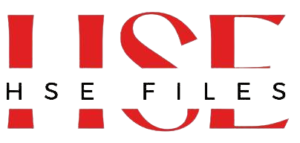
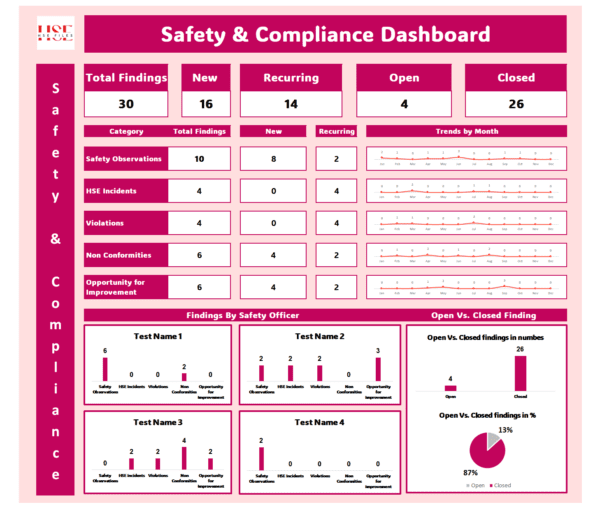
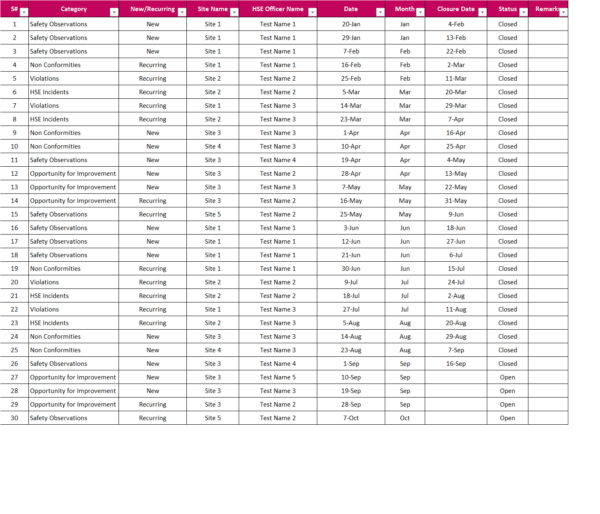
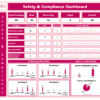
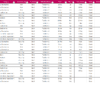
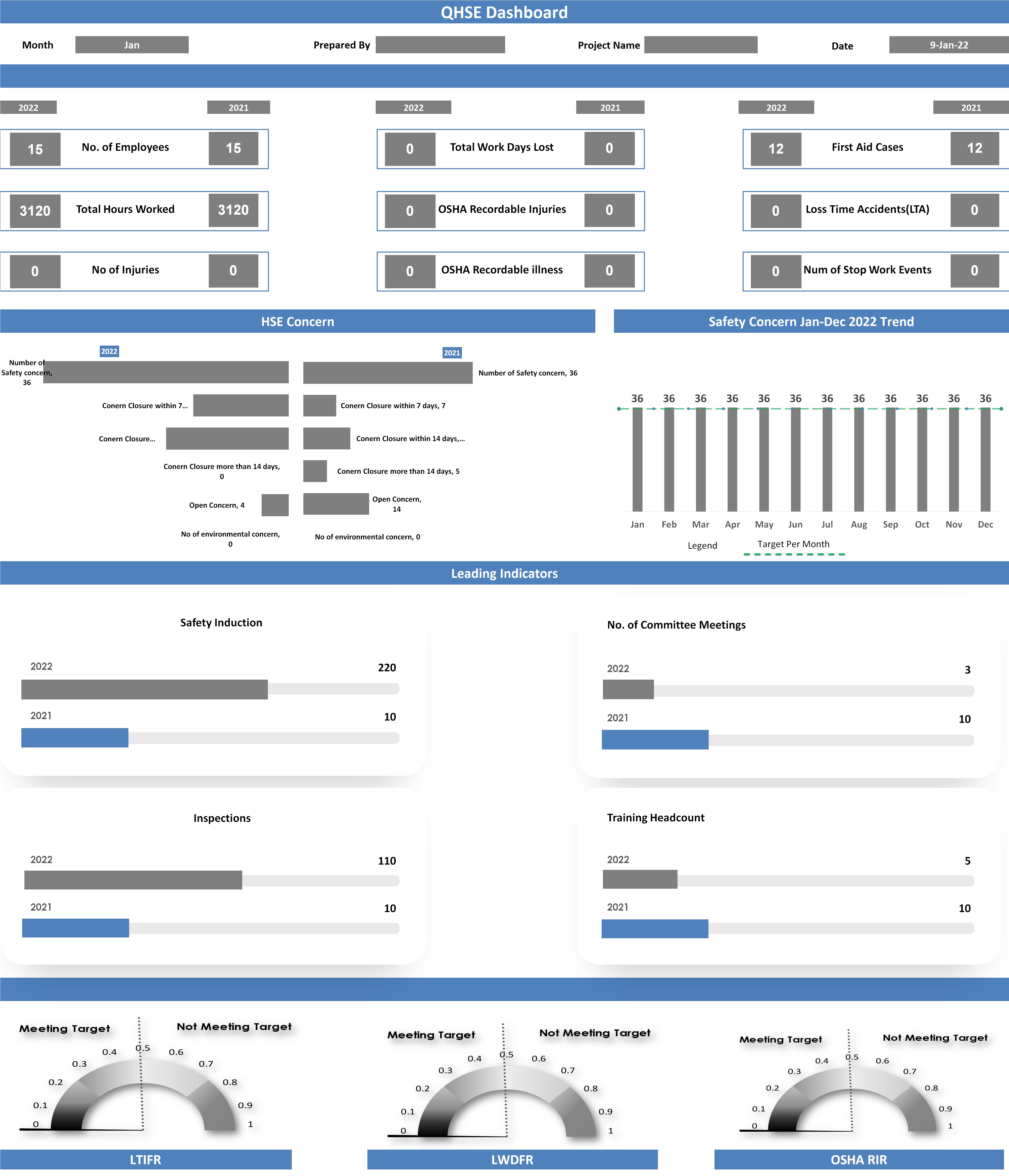
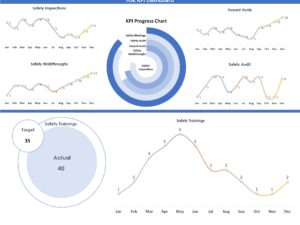
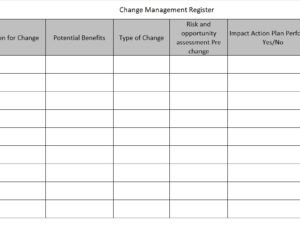
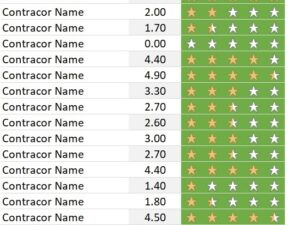

Reviews
There are no reviews yet.